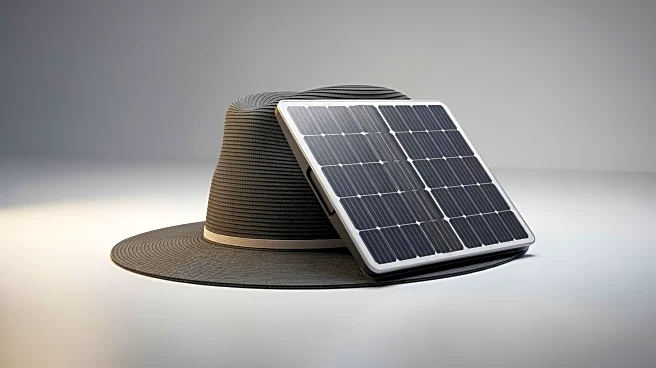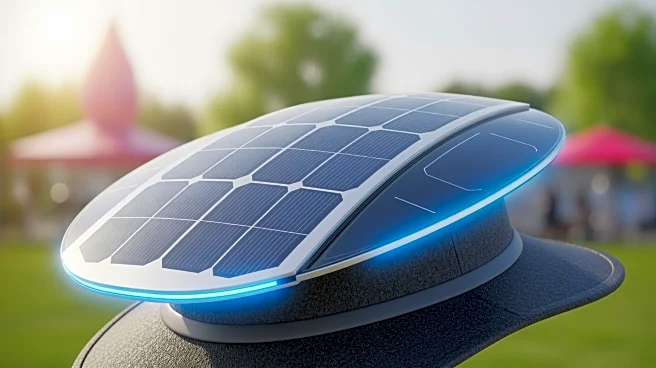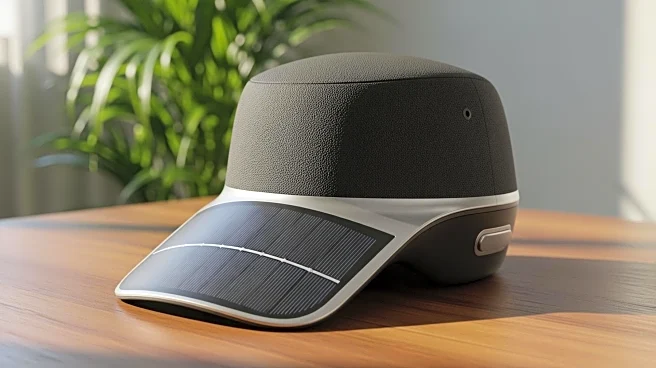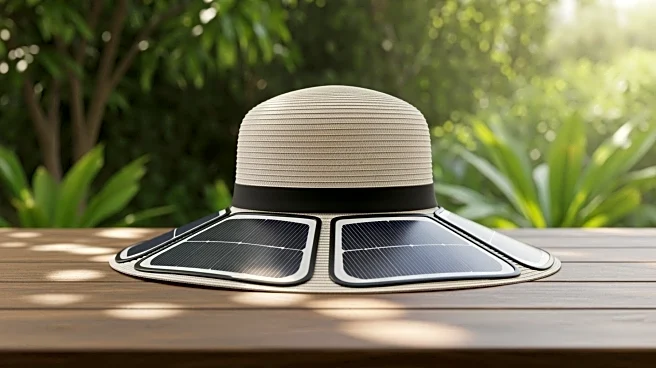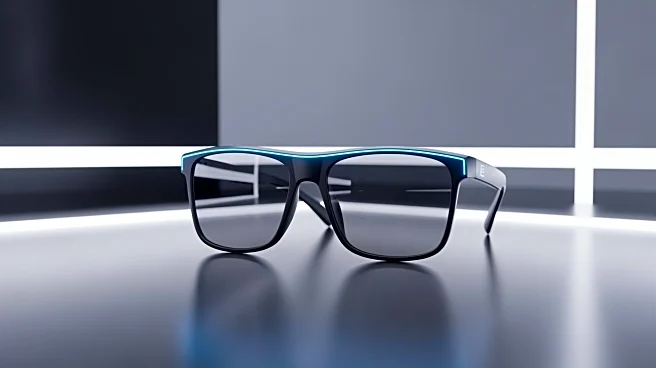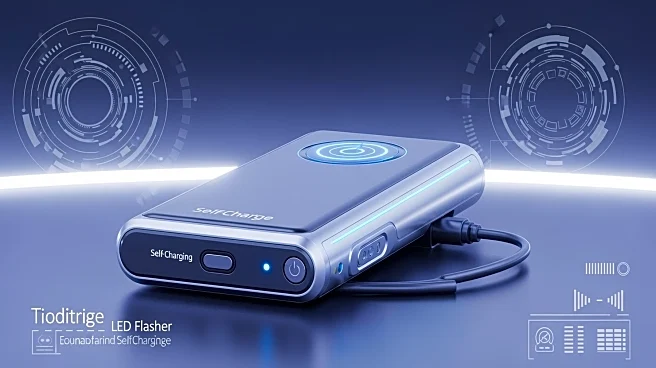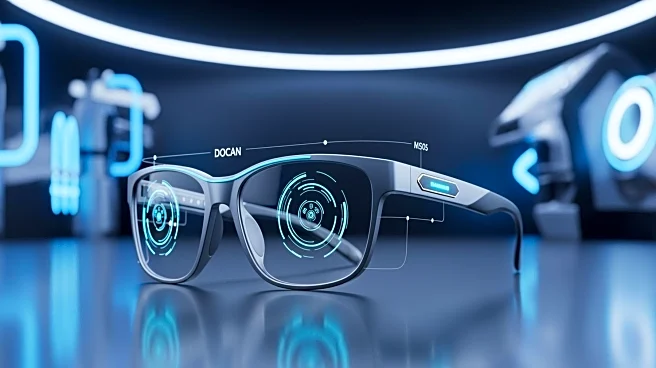What's Happening?
The EcoFlow Power Hat, a novel product combining a sun hat with solar power capabilities, has been introduced to the market. Retailing at $129, the hat features eight small solar panels integrated into
its brim, designed to charge devices via USB ports. Despite its innovative concept, the hat's performance has been underwhelming, generating only about 5 watts of power under optimal conditions. This low output means it would take approximately 100 hours to fully charge a device like the iPhone 17 Pro. The hat's design, which includes a cable running down the user's back, has also been criticized for its impracticality and lack of aesthetic appeal.
Why It's Important?
The EcoFlow Power Hat represents a creative attempt to harness solar energy in everyday accessories, highlighting the growing interest in integrating renewable energy solutions into consumer products. However, its limited effectiveness underscores the challenges of miniaturizing solar technology for personal use. This development is significant for the renewable energy sector, as it illustrates the need for more efficient solar technologies that can be seamlessly incorporated into wearable items. The product's shortcomings may prompt further innovation and refinement in the design and functionality of solar-powered accessories.
What's Next?
As the EcoFlow Power Hat faces criticism for its design and performance, the company may need to consider redesigning the product to improve its practicality and aesthetic appeal. Potential improvements could include larger solar panels or alternative designs that maximize sunlight exposure. Additionally, the company might explore partnerships with fashion brands to enhance the hat's style and marketability. Consumer feedback will likely play a crucial role in shaping future iterations of the product, as the demand for effective and stylish solar-powered accessories continues to grow.
Beyond the Headlines
The introduction of the EcoFlow Power Hat raises broader questions about the viability of solar technology in wearable products. While the concept is promising, the execution highlights the technical and design challenges that must be overcome to make solar-powered wearables a practical reality. This development may spur discussions on the balance between innovation and functionality in the renewable energy sector, as well as the potential for integrating solar technology into other everyday items.
